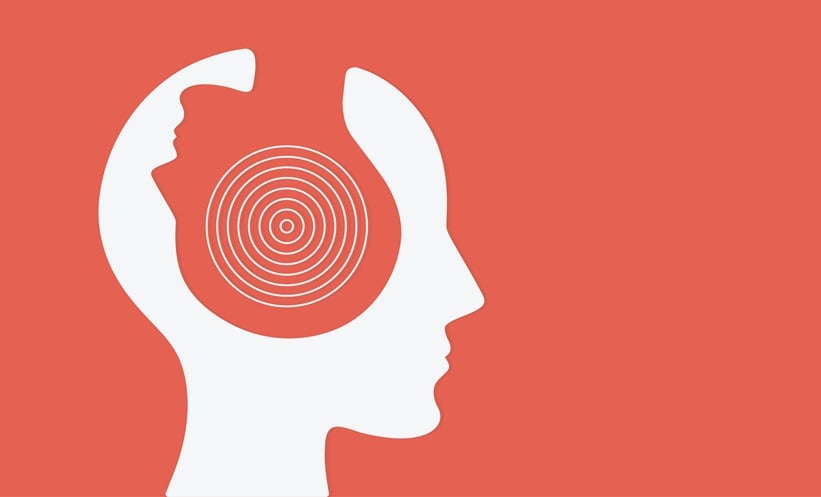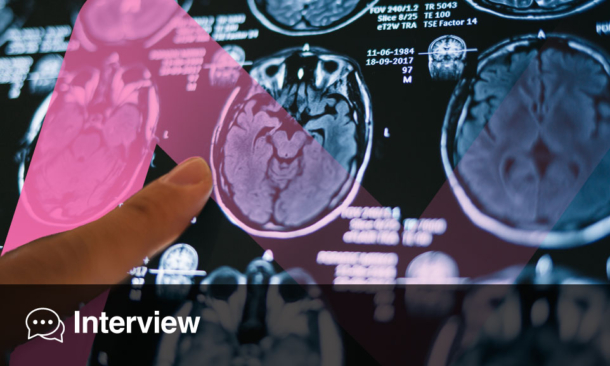A NEW artificial intelligence speech model can detect early neurological disorders with over 90 percent accuracy, including Parkinson’s, Huntington’s, and Wilson disease, by analysing voice recordings for subtle changes.
Speech abnormalities are common warning signs of underlying neurological problems, often appearing as subtle changes in pronunciation or rhythm before other symptoms develop. Traditional screening methods rely on physical assessments that can be costly, invasive or hard to access. Recent advances in automated speech analysis have offered an efficient alternative, but many existing models require time-consuming feature engineering and struggle with variability in speech across languages.
Researchers at the Chinese Academy of Sciences have developed a new deep learning framework called Cross-Time and Cross-Axis Interactive Transformer (CTCAIT), which leverages large-scale audio models and advanced neural network structures to extract high-dimensional features from speech. This model analyses both time-dependent and multidimensional aspects of voice recordings, combining powerful attention mechanisms to capture the complex interactions within spoken language. In tests using Mandarin and English speech datasets, CTCAIT achieved a detection accuracy of 92.06 percent and 87.73 percent respectively, outperforming established approaches and demonstrating strong adaptability across different languages. Model interpretability analyses further highlighted how various speech patterns contribute to diagnosis, offering guidance for clinical use.
In day-to-day practice, this AI-driven speech analysis could allow clinicians to screen for neurological disorders simply by recording a patient’s voice, potentially speeding up diagnosis and improving monitoring over time. While further evaluation for deployment in clinical settings is needed, the technology paves the way for more accessible, low-cost diagnostic tools, especially for early detection.
Reference
Zhang Z et al. Multivariate time series approach integrating cross-temporal and cross-channel attention for dysarthria detection from speech. Neurocomputing. 2025;6:130708.







